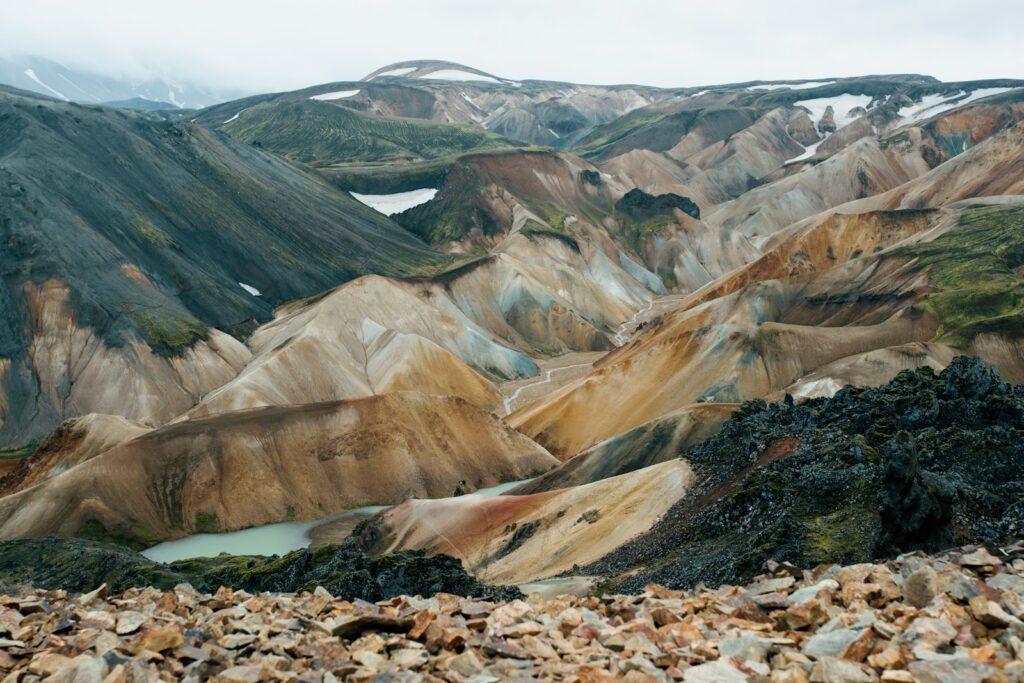When Arthur Conan Doyle published “The Lost World” in 1912, he unknowingly created a blueprint that would shape how humanity visualizes prehistoric life for over a century. This adventure novel about Professor Challenger’s expedition to a South American plateau teeming with dinosaurs didn’t just tell a thrilling story—it fundamentally altered our collective imagination about ancient ecosystems. From Hollywood blockbusters to museum exhibits, from children’s toys to scientific documentaries, the fingerprints of Doyle’s vision are everywhere we look when we think about the deep past.
The Birth of the Modern Dinosaur Adventure
Before Doyle’s masterpiece, dinosaurs were largely confined to dusty museum halls and dry scientific papers. The Lost World transformed these ancient creatures into living, breathing characters in an epic adventure story. Doyle’s plateau became the template for countless “lost worlds” where prehistoric creatures survived in isolation, creating a narrative framework that continues to dominate popular culture today. The novel established the idea that encountering dinosaurs should be thrilling, dangerous, and ultimately transformative for those brave enough to witness them. This shift from scientific specimen to adventure protagonist revolutionized how the public perceived these ancient giants.
Creating the Isolated Prehistoric Paradise
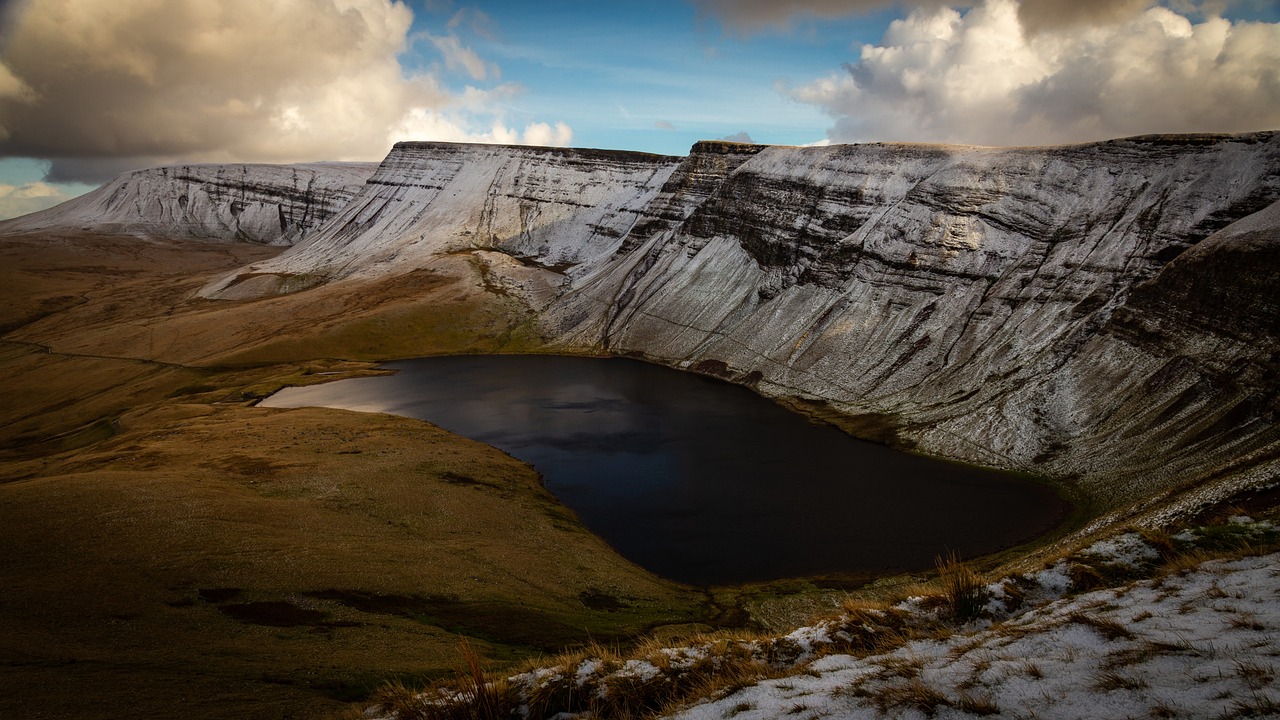
Doyle’s concept of an isolated plateau where evolution stood still became one of the most enduring tropes in prehistoric fiction. This geographic isolation explained how dinosaurs could survive into the modern era, providing a scientifically plausible framework that satisfied both adventure-seekers and rational minds. The idea resonated so powerfully that it spawned countless variations—from Edgar Rice Burroughs’ Pellucidar to Michael Crichton’s Jurassic Park. Even today, when we discover a new species in a remote rainforest, media often describes it as finding a “lost world,” directly echoing Doyle’s influence. The plateau concept solved the fundamental problem of bringing extinct creatures into contact with modern humans in believable circumstances.
Establishing Dinosaur Behavior Patterns
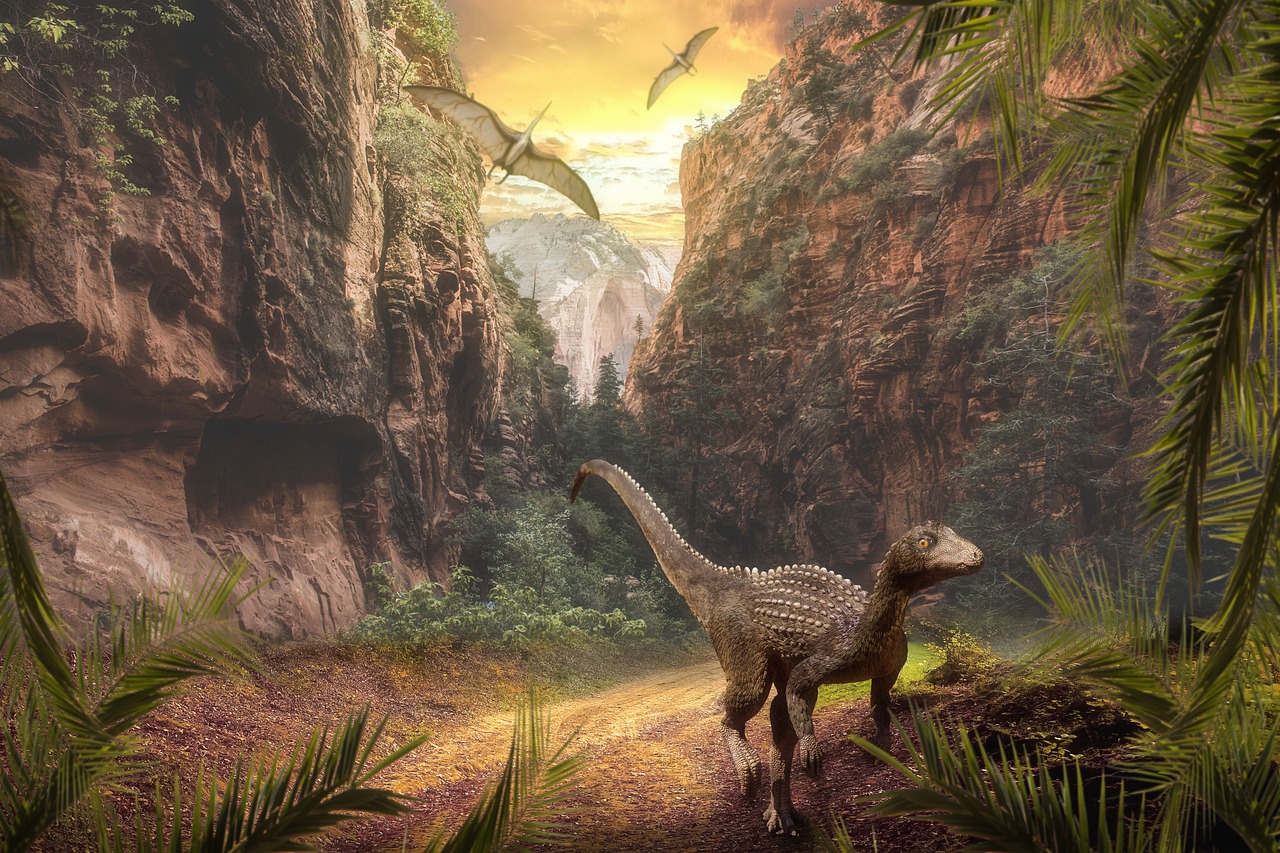
The Lost World wasn’t just about showing dinosaurs—it was about showing them as active, intelligent creatures with complex behaviors. Doyle’s dinosaurs weren’t static museum pieces but dynamic animals that hunted, protected their young, and interacted with their environment in sophisticated ways. His pterodactyls soared majestically overhead while his ground-dwelling giants engaged in territorial disputes and feeding frenzies. This behavioral complexity became the standard template for how prehistoric creatures should act in popular media. Modern paleontologists often note how Doyle’s intuitive understanding of animal behavior actually anticipated many scientific discoveries about dinosaur social structures and intelligence.
The Human-Dinosaur Dynamic
Doyle established the fundamental relationship between humans and dinosaurs that persists today—a mixture of awe, terror, and scientific fascination. His characters experience the full emotional spectrum when encountering these creatures, from paralyzing fear to breathtaking wonder. This emotional framework taught audiences how they should feel about dinosaurs, creating expectations that every subsequent dinosaur encounter tries to fulfill. The novel showed that humans could coexist with dinosaurs through intelligence and caution, but never without danger lurking around every corner. This delicate balance between fascination and fear became the emotional core of every dinosaur story that followed.
Visual Iconography That Endures
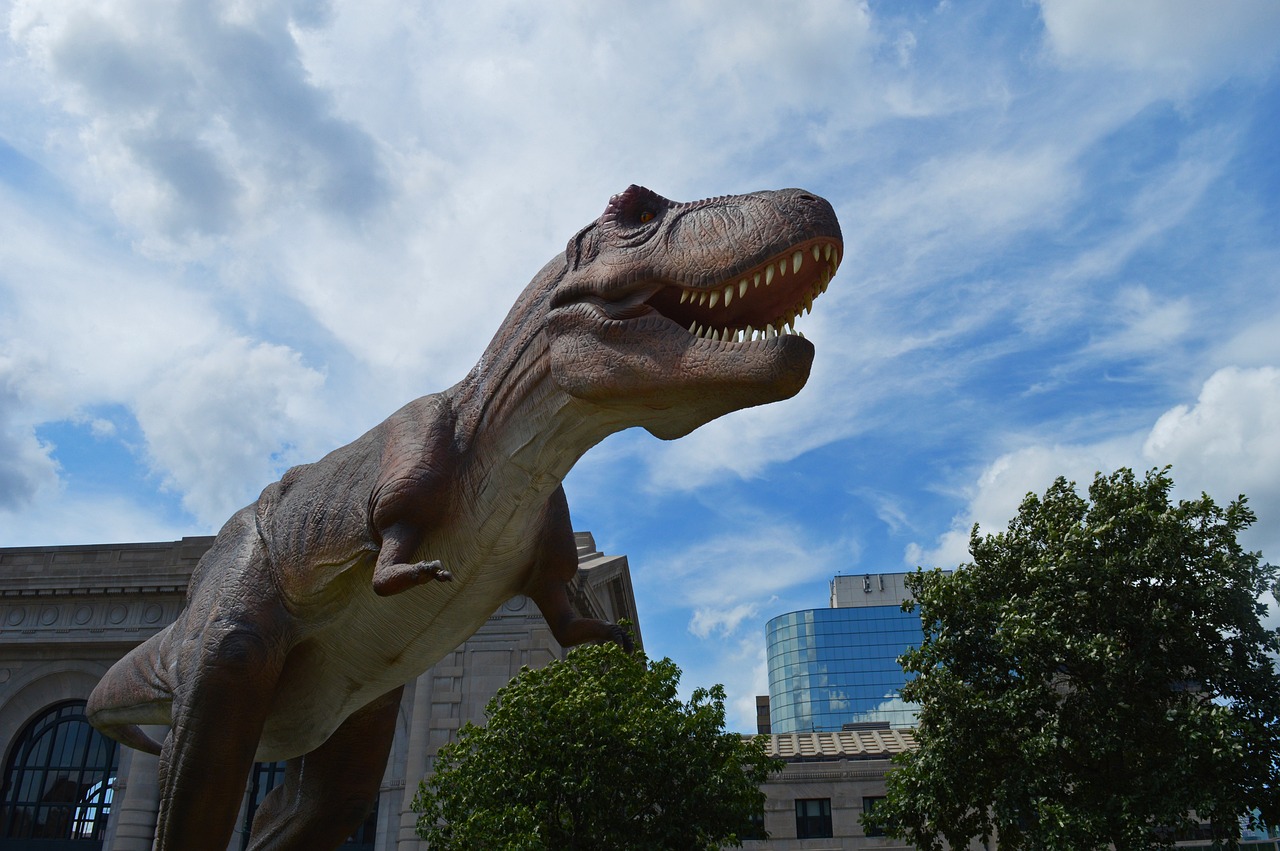
The illustrations accompanying early editions of The Lost World created visual templates that continue to influence how we depict prehistoric scenes. The image of humans dwarfed by towering dinosaurs, the lush tropical setting filled with giant ferns and ancient trees, and the dramatic confrontations between predator and prey all originated in these early artistic interpretations. These visual elements became so ingrained in popular consciousness that they shaped everything from movie set designs to theme park attractions. Even scientific reconstructions often unconsciously echo these early artistic choices, demonstrating how powerfully visual storytelling can influence scientific presentation. The “look” of a prehistoric world, as established by Doyle’s illustrators, remains remarkably consistent across different media today.
Influencing Scientific Communication
Doyle’s approach to explaining scientific concepts through adventure narrative revolutionized how complex paleontological ideas could be communicated to the public. His Professor Challenger served as both expert guide and passionate advocate for the reality of these prehistoric worlds. The novel demonstrated that science could be both rigorous and thrilling, inspiring generations of science communicators to adopt similar approaches. Museums began incorporating more dramatic, story-driven exhibits after seeing how effectively The Lost World engaged public imagination. This storytelling approach to science education proved so successful that it remains the dominant method for presenting paleontological discoveries to general audiences.
The Ecosystem Approach to Prehistoric Life
Rather than focusing on individual species, Doyle presented dinosaurs as part of a complete, functioning ecosystem with complex food webs and environmental relationships. His lost world contained herbivores, carnivores, and omnivores all interacting in realistic ways that reflected actual ecological principles. This holistic approach was revolutionary for its time and established the expectation that prehistoric worlds should feel complete and scientifically plausible. The novel showed predator-prey relationships, territorial behaviors, and environmental adaptations that would later be confirmed by scientific research. Modern representations of prehistoric ecosystems still follow Doyle’s model of presenting dinosaurs as parts of complex, interconnected natural systems rather than isolated creatures.
Shaping Hollywood’s Prehistoric Vision
The Lost World became the foundational text for virtually every dinosaur movie ever made, from the 1925 silent film adaptation to modern CGI spectacles. Hollywood repeatedly returns to Doyle’s basic formula: explorers discover a hidden world, encounter magnificent and terrifying creatures, and struggle to survive in an alien ecosystem. The visual grammar of dinosaur movies—the ominous footstep approaching camera, the moment of first encounter, the chase sequence through primeval forests—all trace back to scenes first imagined in Doyle’s novel. Even films that attempt to break from this formula often end up reinforcing it by defining themselves in opposition to the “lost world” template. The novel’s influence is so pervasive that it’s almost impossible to conceive of dinosaur entertainment without its narrative DNA.
Educational Impact and Museum Design
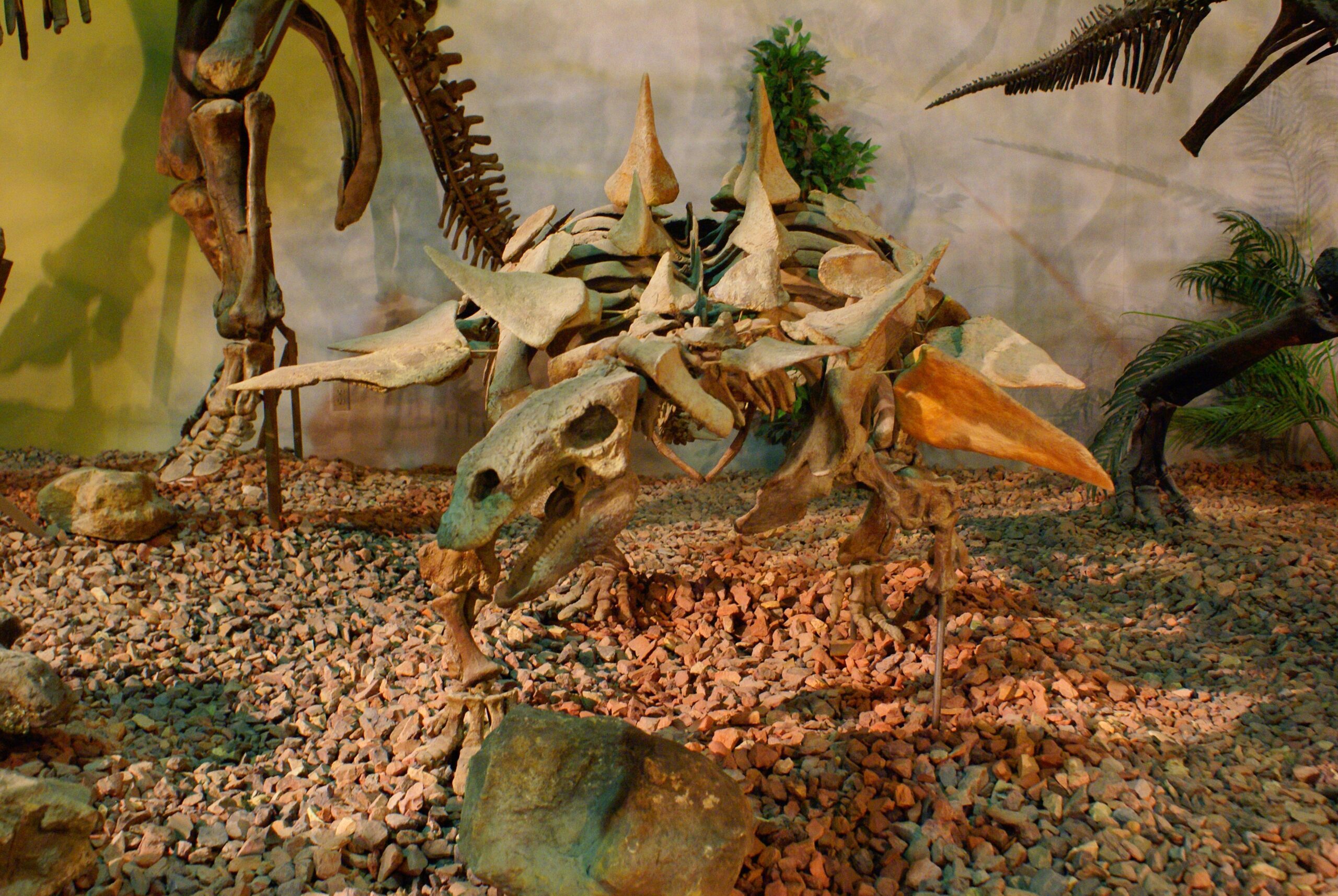
Natural history museums worldwide adopted storytelling techniques inspired by The Lost World to make their exhibits more engaging and memorable. The idea of walking through a prehistoric environment, experiencing the scale and wonder of ancient ecosystems, derives directly from Doyle’s immersive approach to world-building. Museum designers learned that visitors responded more strongly to exhibits that made them feel like explorers discovering these worlds for themselves. Dioramas, interactive displays, and multimedia presentations all aim to recreate the sense of wonder and discovery that The Lost World first captured in literary form. The novel proved that education and entertainment could work together to create more powerful learning experiences.
Inspiring Conservation Through Wonder
Doyle’s portrayal of prehistoric ecosystems as precious, fragile worlds worth protecting established an early template for conservation messaging. His characters’ sense of responsibility toward the creatures they discovered resonated with readers and established the idea that encountering nature should inspire stewardship rather than exploitation. This conservation ethic, embedded in an adventure story, proved more effective than direct environmental messaging at encouraging protective attitudes toward wildlife. Modern documentaries and educational programs often use similar approaches, presenting extinct ecosystems as lost treasures that humanity should mourn and current ecosystems as precious inheritances we must preserve. The emotional connection The Lost World forged between readers and prehistoric life translated into broader environmental awareness.
Technological Evolution in Storytelling
As new technologies emerged throughout the 20th and 21st centuries, The Lost World provided the narrative framework for showcasing these innovations in prehistoric contexts. From stop-motion animation to computer graphics, each technological leap in filmmaking was tested against Doyle’s story structure. The novel’s episodic adventure format proved perfectly suited for demonstrating new special effects capabilities while maintaining audience engagement. Video games, virtual reality experiences, and interactive media continue to use The Lost World’s exploration model as their basic template. This adaptability across different media platforms demonstrates the fundamental strength of Doyle’s original story architecture.
Scientific Accuracy Versus Dramatic License
The Lost World established the ongoing tension between scientific accuracy and dramatic storytelling that characterizes all popular presentations of prehistoric life. Doyle attempted to ground his fantastic story in the best scientific knowledge of his time, consulting with paleontologists and incorporating real research into his narrative. However, he also recognized that dramatic needs sometimes required departing from strict scientific accuracy to serve the story’s emotional impact. This balance between education and entertainment became the standard approach for presenting prehistoric life to popular audiences. Modern creators still grapple with the same challenges Doyle faced: how to remain scientifically responsible while creating compelling entertainment that captures public imagination.
Cultural Legacy and Continuing Influence

More than a century after its publication, The Lost World continues to shape how new generations encounter prehistoric life through popular culture. Children’s books, educational programs, theme park attractions, and scientific documentaries all bear the influence of Doyle’s original vision. The novel created cultural expectations about what prehistoric encounters should feel like—mysterious, dangerous, awe-inspiring, and ultimately transformative. These expectations continue to drive public interest in paleontology and natural history, demonstrating the lasting power of well-crafted storytelling to inspire scientific curiosity. Every time someone watches a dinosaur documentary or visits a natural history museum, they’re participating in a tradition of wonder that began with Doyle’s imaginative expedition to his lost world.
The Modern Echo in Scientific Discovery

Contemporary paleontological discoveries are often presented using narrative techniques pioneered by The Lost World, with scientists cast as modern explorers uncovering the secrets of ancient ecosystems. Press releases about new fossil finds frequently evoke the language of discovery and adventure that Doyle perfected, describing remote locations where ancient life forms are “brought back to life” through scientific investigation. The public’s appetite for these prehistoric adventure stories ensures continued funding and support for paleontological research, creating a beneficial cycle where popular interest drives scientific advancement. Even the most rigorous scientific papers often conclude with speculation about what these ancient worlds might have looked like, directly echoing the wonder and imagination that The Lost World first captured in popular consciousness.
Arthur Conan Doyle’s The Lost World didn’t just tell a story about dinosaurs—it created the lens through which humanity would view prehistoric life for generations to come. From the moment Professor Challenger first described his incredible plateau, the novel established narrative patterns, visual expectations, and emotional frameworks that continue to shape everything from blockbuster movies to museum exhibits. The book’s influence extends far beyond entertainment, affecting how scientists communicate their discoveries, how educators present natural history, and how the public understands its relationship with the natural world. In creating his lost world, Doyle actually found something timeless—a way of making the ancient past feel immediate, relevant, and endlessly fascinating. What would our understanding of prehistoric life look like today if Doyle had never taken us on that first thrilling expedition to his plateau of wonders?


